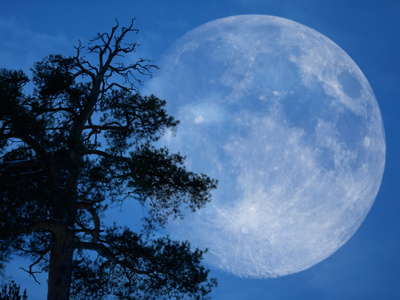
Evidence for Climate Change
One of the main topics in GCSE Geography is climate change, or global warming. This is one of four quizzes on the subject and it looks specifically at the evidence for the theory of global warming.
How can you measure sea level change? Imagine you are standing at the beach with a ruler. The waves come in and out changing the sea level there over seconds. Each day the tidal cycle changes the sea level and that changes during the lunar cycle. Even If you can prove that the sea level has changed - is it really the sea level changing, or is the land rising or falling?
New technologies, including satellites, are allowing scientists to measure the small changes that show that the world's climate is altering faster than ever before. The main areas of evidence that you need to be aware of include sea level rise, global temperature rise, warming oceans, shrinking ice sheets, declining Artic sea ice, glacial retreat, extreme events, ocean acidification and decreased snow cover.
Ready for more?
not all...
quizzers. Try to win a coveted spot on our Hall of Fame Page.







